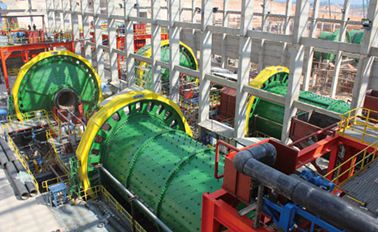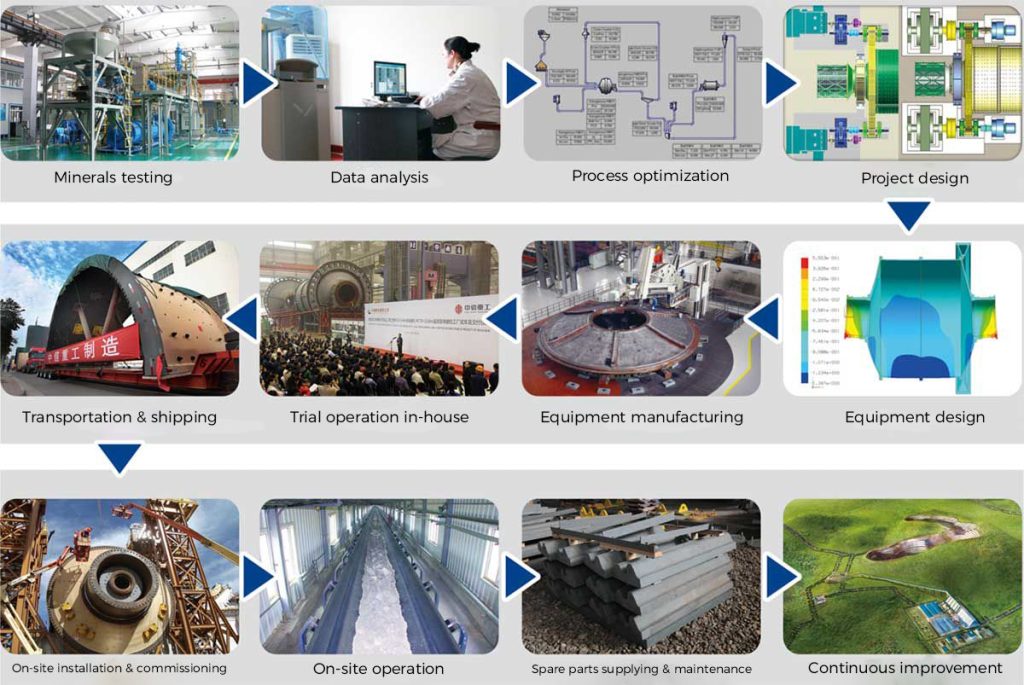1 Overview
The XY-ATTI-01 Attitude Measurement Instrument (hereinafter referred to as the attitude instrument) is primarily used to measure the azimuth and inclination of a drilling rig frame. By seeking north to provide an azimuth reference, it then measures the attitude at a specified location to obtain the azimuth and inclination angles.
1.1 Product Features
- The attitude instrument is an intrinsically safe device for mining applications, with a wide range of uses;
- It features sensor components with high resistance to impact and vibration, significantly enhancing its operational stability;
- The attitude instrument is powered by a battery, eliminating the risk of data loss due to sudden power outages from external grids;
- It uses a gyroscope to measure azimuth, making it immune to magnetic interference;
- The attitude instrument is a portable measuring device, lightweight and easy to carry.
1.2 Main Uses and Scope of Application
The XY-ATTI-01 Attitude Measurement Instrument is mainly used for adjusting and measuring the drilling angle of a drilling rig, improving the accuracy of the drilling direction.
1.3 Environmental Conditions for Use
- Ambient temperature: (0~+40)°C;
- Average relative humidity: ≤95% at +25°C;
- Atmospheric pressure: (80~106) kPa;
- Suitable for use in underground coal mines with methane mixtures and coal dust explosion hazards, but without corrosive gases that can damage insulation;
- Storage temperature: (-20~+60)°C.
2 Working Principle and Structural Features
The XY-ATTI-01 attitude instrument is an intrinsically safe device based on gyroscope technology. It uses a gyroscope to seek north to provide an azimuth reference. After obtaining the azimuth reference, it completes the attitude measurement at a specified location using a three-axis accelerometer, MEMS gyroscope, and signal processing circuit. The measurement process is as follows: Place the instrument horizontally and stationary next to the drilling equipment to be measured, seek north, and after the north-seeking is complete, take the instrument to the drilling equipment for measurement. The azimuth and inclination angles of the drilling equipment will then be displayed on the LCD screen.
3 3. Technical Characteristics
1.4 3.1 Main Parameters
- Operating voltage: DC 7.4 V, operating voltage range: (6.4-8.4) V.DC;
- The measurement range and basic error of inclination and azimuth angles are as follows:
| Item | Measurement Range | Resolution | Error |
| Inclination | -90°~90° | 0.05° | ±0.1° |
| Azimuth Angle | 0°~360° | 0.1° | ±0.5° |
4 4. Dimensions and Weight
- Weight: 1 kg
- Dimensions: 150×85×105 mm

5 5. Operating Instructions
- Power Switch: Press down to turn on the device; press again to turn it off.
- Charging Port: For charging the device. The connector is an aviation plug, with a voltage rating of 9V. It must be used with the device’s dedicated charger. Charging typically takes 4 hours.
- LCD Screen: For displaying information.
- Buttons: For device control and input.
- a) “Confirm” button: To confirm functions;
b) “Return” button: To exit the current interface and return to the previous one;
c) “◀” “▶” “▲” “▼” buttons: To move the cursor, adjust values, and select functions in the setup state.
- Drilling Azimuth Measurement Process:
- a) Place the instrument on the equipment to be measured;
- b) Press the power button, then press the “Confirm” button to start the north-seeking process. The instrument must remain stationary during this process;
- c) After the north-seeking is complete, the LCD screen will display the current true north azimuth and inclination angles of the equipment.
The drilling inclination data is available immediately after startup and can be measured at any time without additional settings.
Notes:
The instrument must remain stationary during the north-seeking process to avoid affecting the accuracy.
6 Maintenance, Repair, and Care
1.5 Maintenance and Care
- The using entity must designate a dedicated person to manage the device on a daily basis.
- Maintenance personnel must carefully read this user manual and the manuals of related products, and familiarize themselves with the relevant knowledge.
- Repairs of the instrument must be carried out by personnel who have received specialized training from the manufacturer.
- If the using entity cannot resolve any faults that occur with the instrument, they should contact the manufacturer.
1.6 Notes
- Before each use, check if the knobs and switches are damaged. If damaged, replace them immediately before use. Also, check if the battery is charged. If not, charge it immediately.
- During use and maintenance, do not alter the intrinsically safe circuit or the specifications, names, models, or parameters of electrical components related to the intrinsically safe circuit.
- Do not drop or strike the instrument.
- Do not disassemble the instrument on your own.
7 7. Transportation and Storage
- There is no restriction on the mode of transportation, but during transportation, avoid severe vibrations and impacts, and prevent direct exposure to rain or snow.
- The product should be stored in a warehouse with a temperature range of -20°C to 60°C, relative humidity ≤90%, good ventilation, and free of corrosive gases.






